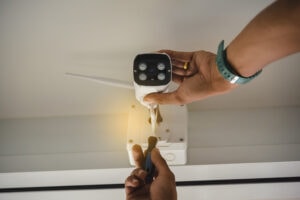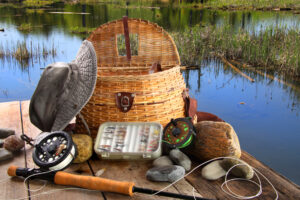State Office:
Neighbourhood Watch Victoria
Victoria Police Centre
311 Spencer Street
Docklands VIC 3008
General Enquiries: (03) 8335 6002
Media Enquiries: ceo@nhw.com.au
ABN: 41 586 657 273
Incorporation Number: A0018739R
Crime Prevention Through Environmental Design” (CPTED – pronounced sep-ted) Is based around the the belief that how a community is designed, built, maintained and managed can affect its safety and vitality and directly influence personal behaviour.
It’s a commonsense approach to designing and using buildings and outdoor environments, in ways that can help reduce crime and anti-social behaviour, create safer spaces and make people feel safer. This in turn leads to improvements in people’s quality of life and health and wellbeing.
CPTED can be applied to residential areas, public spaces, retail stores, commercial buildings and schools, without disrupting how a space is normally used.
It is easy and economical to implement, especially if done at a project’s early planning and design stages. However, it can also be incorporated into existing spaces.
CPTED is based on 4 main principles:
Applying these 4 principles can help create a safe and secure environment that encourages positive activity and is less likely to attract criminal behaviour.
There are strong overlaps and synergies among the 4 principles.
Criminals don’t want to be seen. Potential offenders are less likely to commit a crime if there’s a greater chance people will notice their behaviour.
A well-designed space maximises visibility, making it easier for residents, passers-by and police to keep an eye on it and see what people are doing. The more people using an area, the less chance there is for someone to commit a crime without being seen.
Natural surveillance includes measures as installing adequate lighting and windows, maintaining clear sightlines and removing any potential hiding places or blind spots.
If a criminal can’t get into a potential target area, or it’s extremely difficult for them to access, there’s a lot less chance a crime will occur.
Natural access control looks at how we move around an area. It aims to control or guide the movement of people and vehicles through a space to stop them entering a private or dangerous area.
Well-located entries, exits, pathways, lighting, landscaping and other physical elements can reduce opportunities for crime by keeping unauthorised people out and guiding traffic flow. In homes or businesses, it can be as simple as installing high quality locks, solid doors and window barriers.
People naturally protect an area they feel is their own and usually respect property that belongs to others.
Territorial reinforcement is about using physical elements such as fences, paved areas, shrubbery, landscaping and signs define boundaries between public and private areas, express ownership and convey that a space is cared for and protected.
When spaces are clearly delineated, it sends “keep out” message to potential offenders. It’s also identity intruders, which can also be a deterrent.
How a space looks can affect crime and people’s sense of safety. A space that is rundown, overgrown or vandalised, is more likely to attract crime and anti-social behaviour and increase people’s fears. Whereas a space that is looked after and well maintained, is more likely to make people feel safer and encourage more positive activities.
Steps such as keeping a space clean and tidy, removing rubbish and graffiti, having low-maintenance gardens and structures, and regularly trimming lawns and shrubs signals that the area is cared for and regularly monitored, which can discourage criminal behaviour.
Encouraging community involvement and connection, through activities such as working bees, clean-ups, graffiti removal and Neighbourhood Watch programs, can also help make an area look and feel safer.





Neighbourhood Watch Victoria acknowledges the 38 mobs, the Traditional Custodians of the land on which we operate, live, and gather as employees and volunteers. We recognise their continuing connection to land, water and community and pay respect to Elders past, present and emerging.

At Neighbourhood Watch, we believe everyone has the right to feel safe and welcome. We are committed to ensuring diversity, inclusion and equity are embedded throughout our organisation – in the work we do, the services we deliver and among our staff, volunteers, and the communities we work with.


Neighbourhood Watch Victoria
Victoria Police Centre
311 Spencer Street
Docklands VIC 3008
General Enquiries: (03) 8335 6002
Media Enquiries: ceo@nhw.com.au
ABN: 41 586 657 273
Incorporation Number: A0018739R